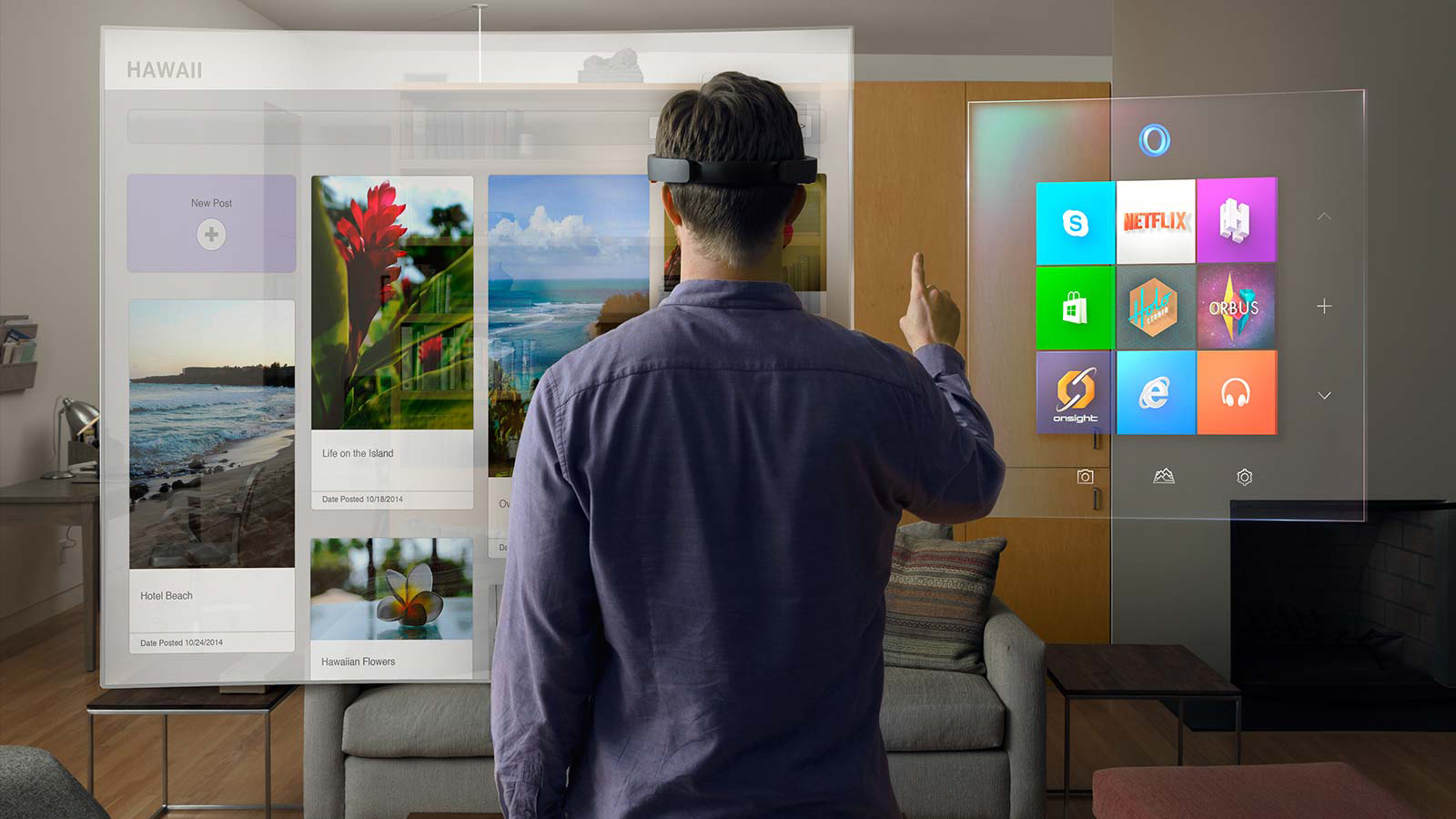What does the future hold for the PC?
What will your computer look like in ten or twenty years?

The computer as we know it today has radically evolved from the desktop behemoths of the early PCs to masses of computer power you can hold in your hand. Desktop PCs, notebooks, tablets and smartphones now all coexist together, but are clearly on a converging trajectory.
And increasingly, computers are not simply isolated pieces of IT we use. With the burgeoning ideas of the Internet of Things becoming tangible reality, computers will simply disappear into our environment.
Says Andy Hardy, EMEA MD at Code42: "The iconic image of a 'computer' in the traditional sense – the idea of a tower that sits underneath a desk connected to a monitor – is outdated. Today, our computers are as mobile as we are. This concept of an electronic device – which is capable of receiving data and processing information in order to produce a result – being carried with you wherever you go is not going away anytime soon."
Jon Wrennall, CTO in the UK and Ireland at Fujitsu, further commented: "The way we view computers is already blurred. Most things from washing machines to fridges, to cars and watches have computers in them and run seamlessly without us realising.
"This will continue to the point that we and certainly our children will be perplexed with the concept that we used to have to go and sit at a keyboard with a screen to use the internet, buy things or control our environment."

The idea that tomorrow's computer will have a level of intelligence that enables them to interpret our needs and not simply follow instructions has been developing for some years. Gartner calls this 'Cognizant' in its paper 'Hype Cycle for Human-Computer Interaction' which has four stages:
1. Sync Me: Apps, content and information are made available across devices and shared contextually.
Are you a pro? Subscribe to our newsletter
Sign up to the TechRadar Pro newsletter to get all the top news, opinion, features and guidance your business needs to succeed!
2. See Me: Data is continuously collected about users and their devices to gain an understanding of users' context.
3. Know Me: Understanding users' wants and needs, and proactively offering products and services based on pattern recognition and other machine learning approaches.
4. Be Me: Developing intelligent apps and services that act on users' behalf.
Gartner explains: "At the moment, most activity is around the first two stages. As big data and the Internet of Things (IoT) become more pervasive, the vast amounts of information produced will enable complex systems to become more 'intelligent,' offering brand new opportunities in the latter two stages.
"This won't be without challenges or risk, however. Critical issues that will have to be addressed include consumer privacy, quality of execution and becoming a trusted vendor."
We can all see and experience how computers are becoming more personal with the massive advances seen in smartphone development. But fundamental components of computers will also have to change if they are to deliver next-generation machines.

Silicon has been the foundation onto which the computer has been built for decades. Used to create the central processor that every digital device is driven by, coupled with fast conductors to connect the processor to its supporting technologies, the future of computing could look very different: Where electrons have been used to transmit data, light could be the next transportation mechanism tomorrow's computers will use.
A photon-based computer has of course been described for decades. Over five years ago, Intel showed how light could replace the copper connections within a computer offering massive jumps in processing power. This technology could offer up to 50 gigabits per second transmission rates – enough to transmit a full HD movie in a second.
However, the connection and transmission wonder material looks set to be graphene. Often referred to as a 'miracle material' the race is on to use this substance which is very strong and an excellent conductor in new computer architectures. The death of Moore's Law has been heralded for years, yet chip designers continue to pack even more transistors onto a wafer of silicon, with silicon having in some estimates 20 years before it pushes up against transistor density limits.
However, graphene it isn't yet suitable for transistors, which require the material they are based on to be able to switch states from on to off. A group at the Science and Technology Facilities Council (STFC) has shown how graphene could be manufactured to allow switching states, but silicon's dominance is assured for the foreseeable future.
Most Popular


